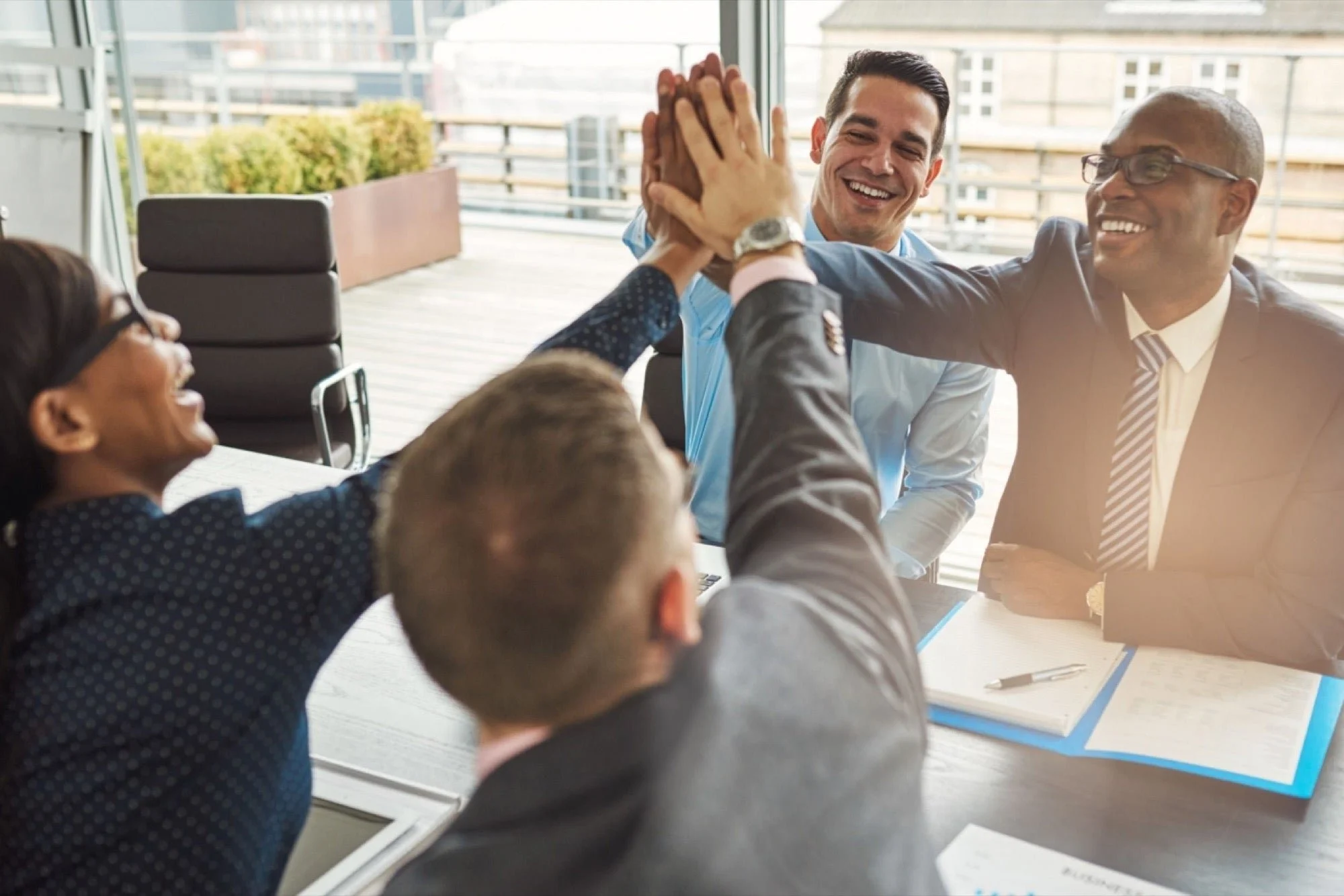We often associate professional success with saying "yes"—yes to new projects, yes to helping coworkers, yes to late nights and last-minute requests. While this can sometimes demonstrate flexibility, overcommitting can lead to burnout, resentment, and underperformance. The truth is, setting boundaries and saying "no" when appropriate is not only healthy—it’s essential for long-term success and satisfaction at work.
Read MoreIn recent years, worker empowerment has emerged as a critical driver of organizational success. An empowerment culture fosters an environment where employees feel valued, trusted, and equipped to make decisions that contribute to the organization’s goals. This approach not only enhances productivity and innovation but also improves job satisfaction and retention. In this article, we'll explore what it means to create an empowerment culture, the key elements involved, and real-world examples of how this can be effectively implemented.
Read MoreAs you navigate the ever-evolving landscape of business and social impact, there's a revolutionary tool waiting to transform your operations: Artificial Intelligence (AI).
Whether you're striving for business growth or aiming to maximize your nonprofit's impact, integrating AI can be a game-changer.
AI isn't just for tech giants. It's a powerful ally that can streamline operations, enhance decision-making, and elevate your organization's efficiency and effectiveness.
Read MoreYou’ve likely encountered toxic people like this.
The Unreasonable Demander: A small boutique clothing store had a customer who would come in regularly, try on numerous outfits, and then demand special discounts for each item. She would threaten to leave negative online reviews if her demands weren’t met, and her behavior created tension among the staff. Despite the store’s efforts to accommodate her, she continued her demanding behavior, impacting staff morale and overall customer experience.
The Eternal Complainer: A freelance graphic designer took on a client for a logo design project. Despite presenting several high-quality concepts, the client consistently found flaws and requested revisions. The client's feedback was often vague and contradictory, making it impossible for the designer to meet their expectations. After months of revisions, the client still wasn't satisfied, and the project had to be terminated, resulting in lost time and income for the designer.
My friend, a recent immigrant to Israel who travels "home" to the US multiple times per year on business, told me that he feels sad every time he returns to the US. He would much rather be in Israel. This, despite having lived in the US for most of his life (he’s well into his 50s).
As he told me that, it struck me how many people must feel sadness different elements of their work.
Read MoreFrom the moment we wake up each day, we’re faced with a continuous flow of choices. Many are minor and some are major. Even things that don’t seem so important, like what to take along for lunch or which task to complete first, can become bigger deals when we start to consider how aligned they are (or aren’t) with our goals and strategic priorities.
When we’re confronted with too many options, we tend to feel overwhelmed, anxious, stressed or otherwise out of sorts. This is known as decision fatigue, a state of mental overload that can impede our ability to make additional decisions. When our minds are fatigued, we tend to make worse decisions and exercise less self-control.
Read MoreAll our talk about productivity assumes that you ensure there to be enough energy in the tank needed to get all your stuff done. After all, you can only do as much as your energy levels permit. Sure, you can trick your system for a bit with caffeine and other stimulants, but that approach is neither healthy nor sustainable.
The strategies that I share to help you maintain high energy levels throughout the day will come as little surprise. We all know that what we eat and how we care for our bodies are central to being able to engage in our work at consistently high levels. Yet so many of us fail to practice what we know, which results in low energy and a sense of underperformance.
Read MoreBlocking out time on our calendar is great for diving deep into specific tasks. But you might be thinking, what about the many tasks on our plates each day? You know, the ones that require but a few minutes, that you can knock out in around two minutes? What should we do then?
Author and productivity consultant David Allen is famous for his “2-minute rule.” The rule is: "If it takes less than two minutes, then do it now." The reason for this is simple. For many of these tasks, like replying to an email or calling someone back, the effort needed to keep remembering them, or even to write them down in a way that you’ll actually remember later, exceeds just getting them out of the way.
Read MoreNow that we’ve focused on removing distractions and blocking out time, the next step is to go all in on specific tasks (“single-tasking”) and avoid multitasking like the plague.
Multitasking refers to when we try to achieve multiple things simultaneously, such as returning calls or listening to messages while reviewing and editing reports. It has become widely popular as we perceive that doing more things at one time is better than doing fewer things.
Read More









